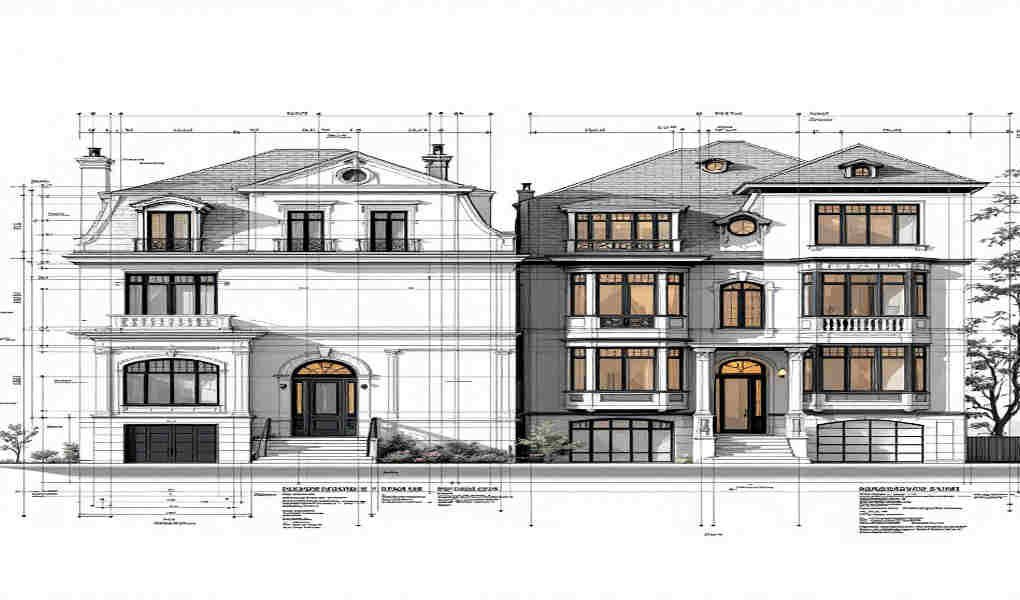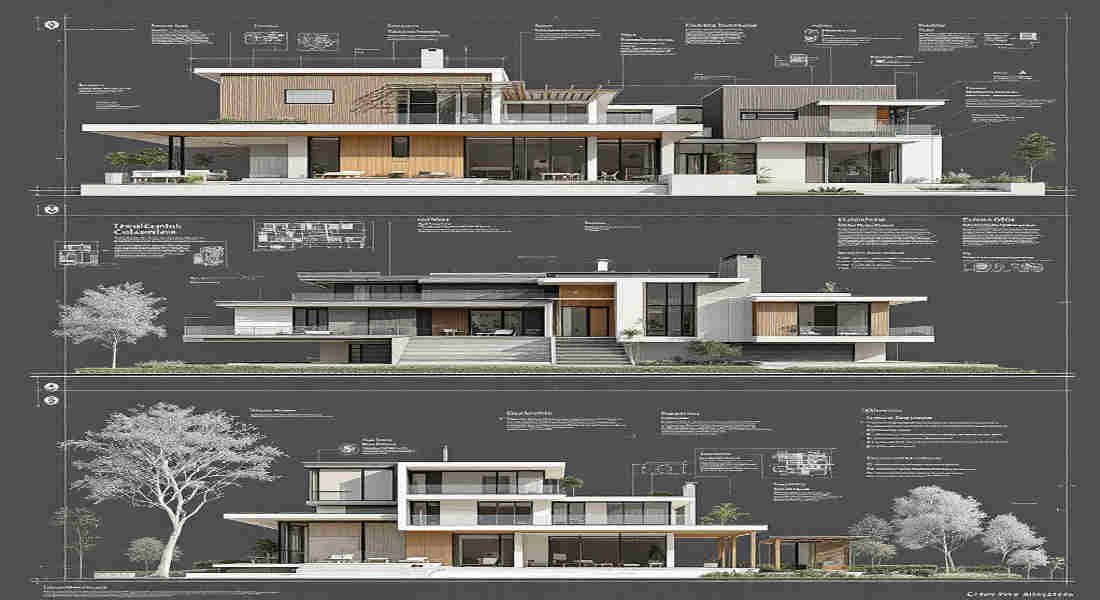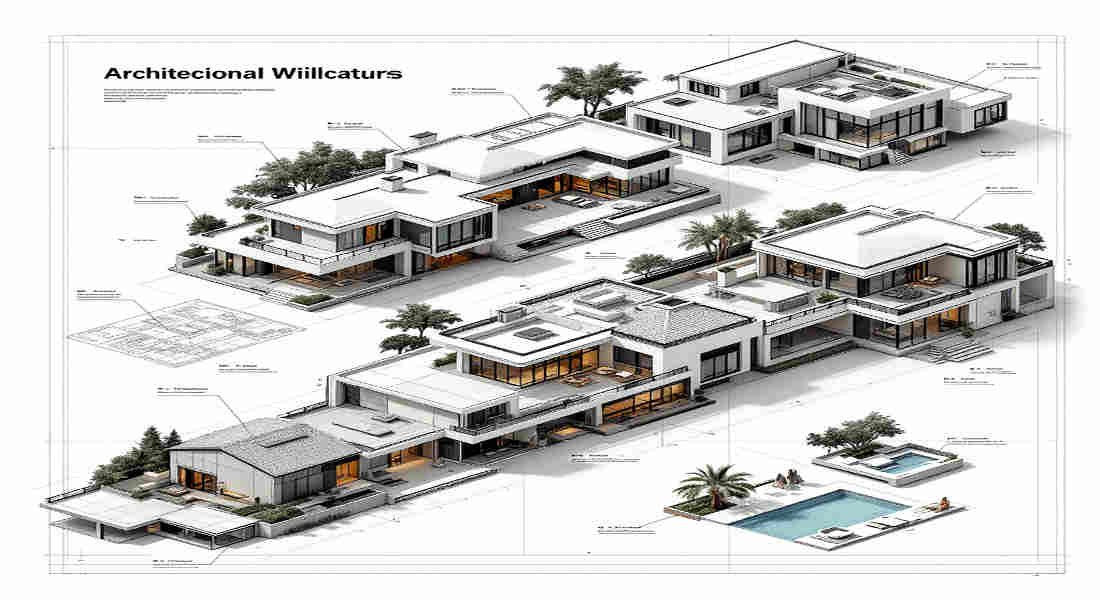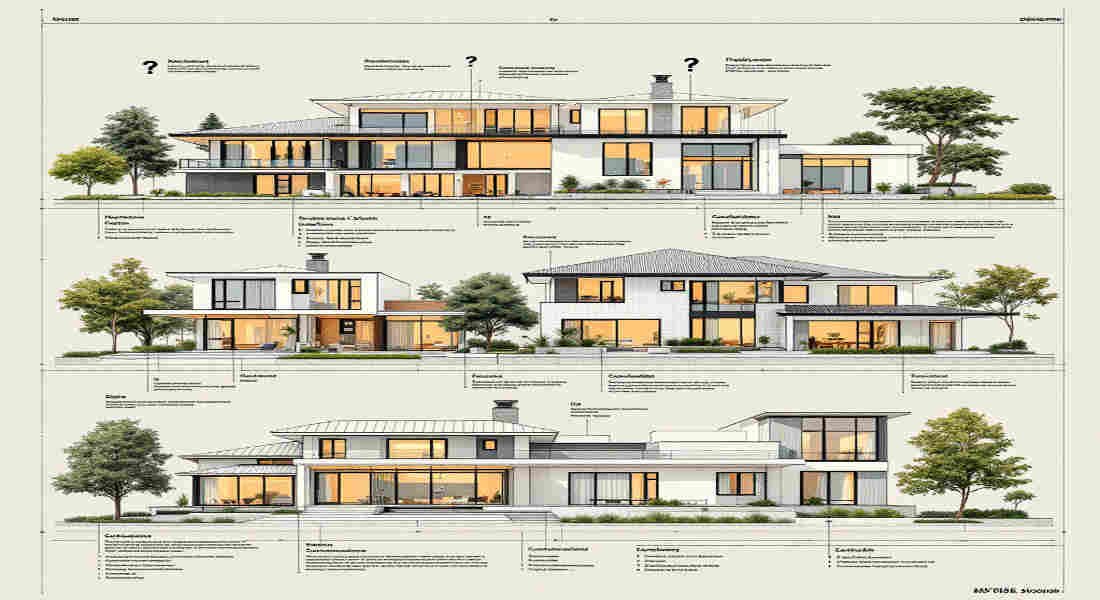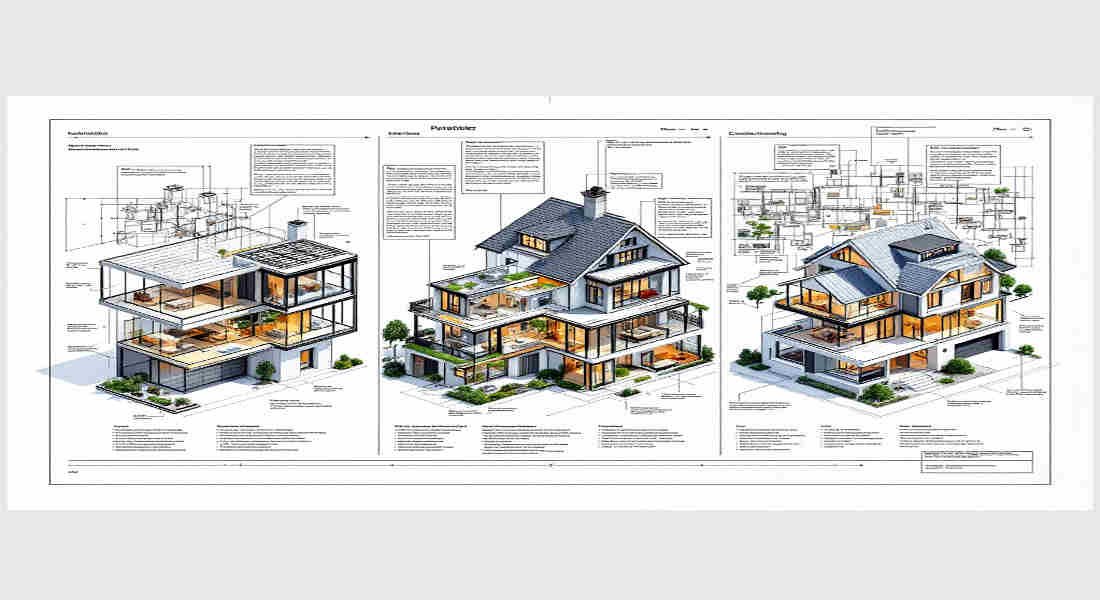House architecture is more than just the design and construction of a building—it’s an art form, a science, and a reflection of personal expression. Whether you’re a homeowner, an architecture enthusiast, or someone planning to build their dream home, understanding the nuances of house architecture can unlock a world of possibilities.
Understanding House Architecture: The Basics
What Is House Architecture?
At its core, house architecture refers to the design and construction of residential buildings. It combines functionality, aesthetics, and structural integrity to create homes that are livable and visually appealing.
The architecture of a house isn’t just about its exterior; it also includes the interior layout, materials used, and how the design interacts with its surroundings. A well-designed house balances all these elements, creating a harmonious living space.
Common Architectural Styles
There are countless architectural styles, each with its own charm and uniqueness. Here’s a quick overview of some popular styles:
Contemporary
- Features sleek lines, open spaces, and large windows.
- Focuses on minimalism and energy efficiency.
Traditional
- Inspired by historical styles like Colonial or Victorian architecture.
- Includes ornate details, symmetry, and classic materials like brick and wood.
Farmhouse
- Combines rustic charm with modern amenities.
- Known for wide porches, pitched roofs, and a cozy, inviting feel.
Mediterranean
- Draws inspiration from Southern Europe.
- Includes stucco exteriors, red-tiled roofs, and arched windows.
Mid-Century Modern
- Originated in the mid-20th century, emphasizing simplicity and functionality.
- Features clean lines, flat planes, and integration with nature.
Each style contributes to a home’s aesthetic appeal and functionality, influencing factors like space utilization, energy efficiency, and overall ambiance.
Essential House Architecture Questions to Ask Before Designing Your Home
Why Asking the Right Questions Matters
Designing a home is a significant investment—both emotionally and financially. Asking the right questions ensures that your home aligns with your lifestyle, budget, and future needs. These questions act as a roadmap, guiding every decision during the design process.
You may also read ().
Key Questions to Consider
Here are some essential house architecture questions to ask before starting your project:
- What is on your wish list?
- Identify must-have features (e.g., a large kitchen, home office, or outdoor patio).
- Is this your forever home?
- Consider whether the design should accommodate long-term needs, such as aging in place.
- How many square feet and rooms do you need?
- Define the size of your home based on family size and lifestyle.
- What architectural style do you prefer?
- Choose a style that resonates with your personality and fits your location.
- Do you have a property survey?
- A survey helps determine property boundaries and ensures compliance with local zoning laws.
- Are there site features affecting house placement?
- Consider views, topography, and noise levels when deciding where to build.
- Are there any zoning restrictions or HOA guidelines?
- Check for rules that might influence your home’s design or placement.
- What is your budget?
- Establishing a clear budget helps prioritize design elements and avoid overspending.
These questions shape the design and ensure that the outcome meets your expectations and needs.
Navigating Architectural Styles and Their Impact on Design
Choosing the Right Style for Your Lifestyle
The architectural style of your home should reflect your personality, lifestyle, and environment. For instance:
- A contemporary home might be ideal if you love clean, modern spaces.
- A traditional or farmhouse style could be more appealing if you prefer timeless charm.
The Role of Colors, Materials, and Textures
Colors, materials, and textures enhance a home’s architectural beauty.
- Colors: Neutral tones create a timeless feel, while bold colors add vibrancy.
- Materials: Natural materials like wood and stone exude warmth, while glass and steel lend a modern touch.
- Textures: Contrasting textures, such as smooth concrete and rough stone, add depth and interest.
Examples of Architectural Influence
Here’s a quick look at how architectural styles influence structural elements:
Style Roof Type Key Features
Contemporary Flat or sloped, Large windows, open spaces, clean lines
Traditional Gable or hip Symmetry, ornate details, classic materials
Farmhouse Pitched Wide porches, rustic charm
Mediterranean Red-tiled, low-pitched Stucco walls, arches, outdoor living areas
You may also read ().
Site and Environmental Considerations in House Architecture
Why Property Features Matter
Before designing your home, evaluating your property’s unique features is essential. Factors like topography, sun angles, and drainage influence house placement and design.
For example, a sloping lot might require a split-level design, while a flat lot offers more flexibility.
Environmental Factors
Climate plays a significant role in house design. Homes in hot regions benefit from passive cooling strategies, like cross-ventilation and shaded windows. In colder climates, insulation and south-facing windows help retain heat.
Additionally, consider wind patterns, neighboring structures, and natural views to maximize your home’s comfort and appeal.
Practical House Architecture Questions About Construction and Materials
Construction Plans
To build a house, you’ll need detailed construction plans, including:
- Floor Plans: Show room layouts and dimensions.
- Elevations: Illustrate the exterior design.
- Foundation Plans: Detail the base structure.
- Roof Plans: Specify roof design and materials.
Questions About Materials
When selecting materials, consider:
- Natural vs. Manufactured: Natural stone adds elegance, while manufactured materials are cost-effective.
- Green Materials: Eco-friendly options like bamboo and recycled steel reduce your home’s environmental impact.
Working with Architects and Builders: Key Questions to Ask
Selecting the Right Architect
The success of your project depends on hiring the right architect. Ask questions like:
- What is your experience with similar projects?
- How do you approach design challenges?
- Can you provide references or a portfolio?
Clear Communication
Effective communication with your architect and builder is essential. Discuss potential challenges, zoning laws, and design solutions to ensure everyone is on the same page.
Enhancing Your Home’s Architectural Beauty Through Design Details
Interior and Exterior Design Elements
Architectural beauty isn’t just about the structure but also the details.
- Interior: Open floor plans, natural light, and cohesive decor create inviting spaces.
- Exterior: Landscaping, outdoor living areas, and facade details enhance curb appeal.
Expressing Personality
Use architectural details—like unique door designs, custom staircases, or vibrant paint colors—to showcase your personality and make your home truly yours.
You may also read ().

